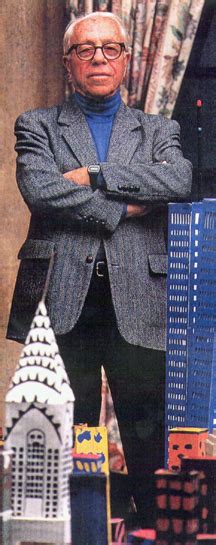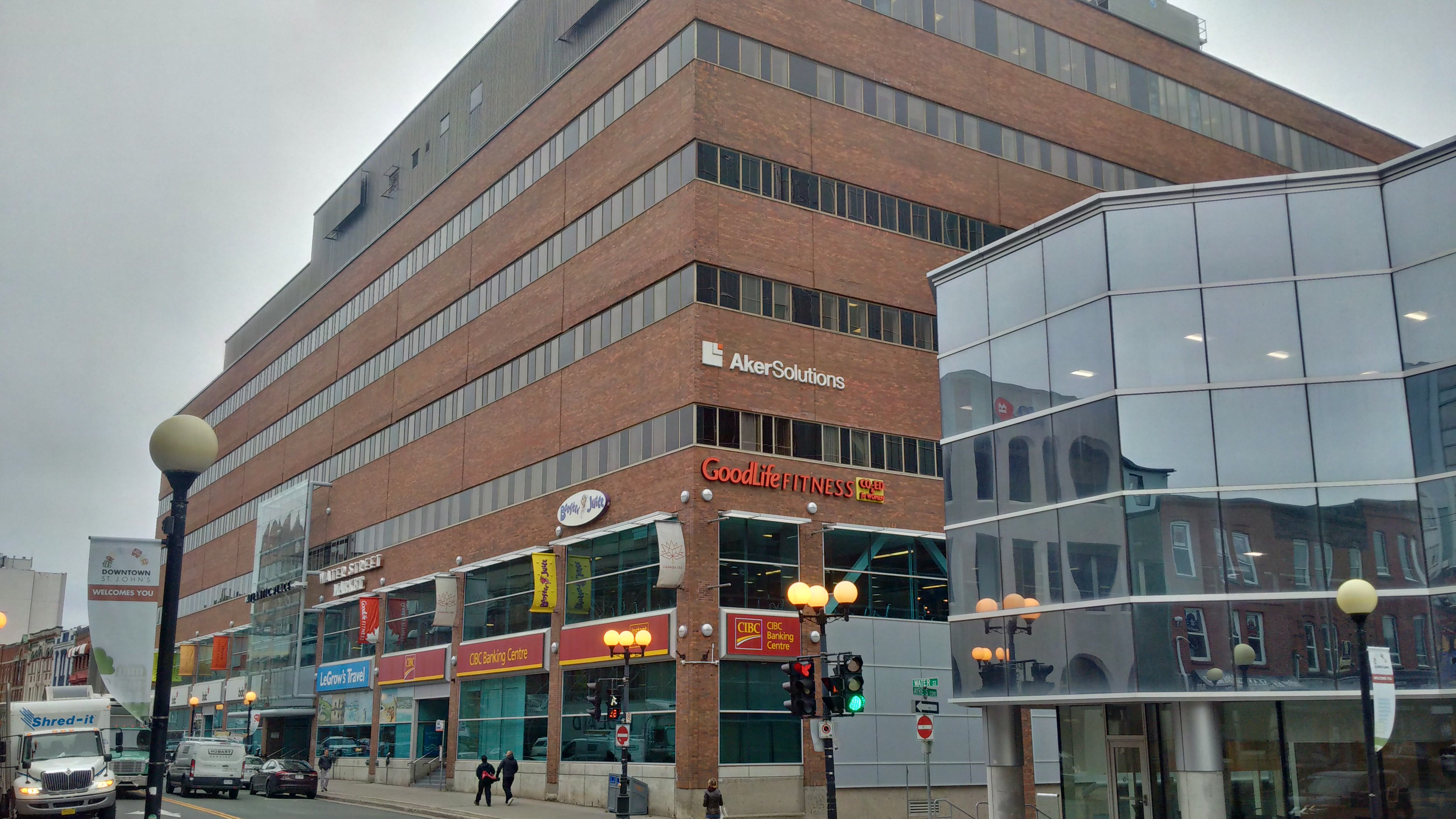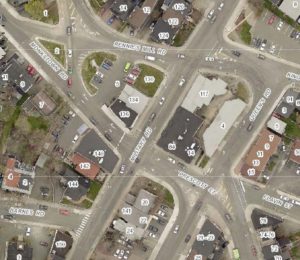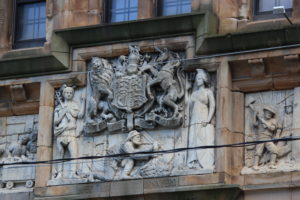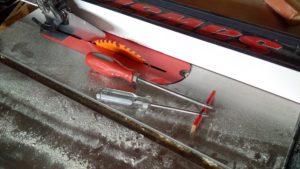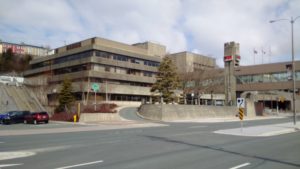Since the dawn of civilization, public buildings have shaped towns and cities, and have provided identity of place for hundreds, sometimes thousands, of years. It is, for example, worthy to note that of the seven ancient wonders of the world, five were buildings. The others (the Colossus at Rhodes and the statue of Zeus at Olympia) would fall into the category of public sculpture.
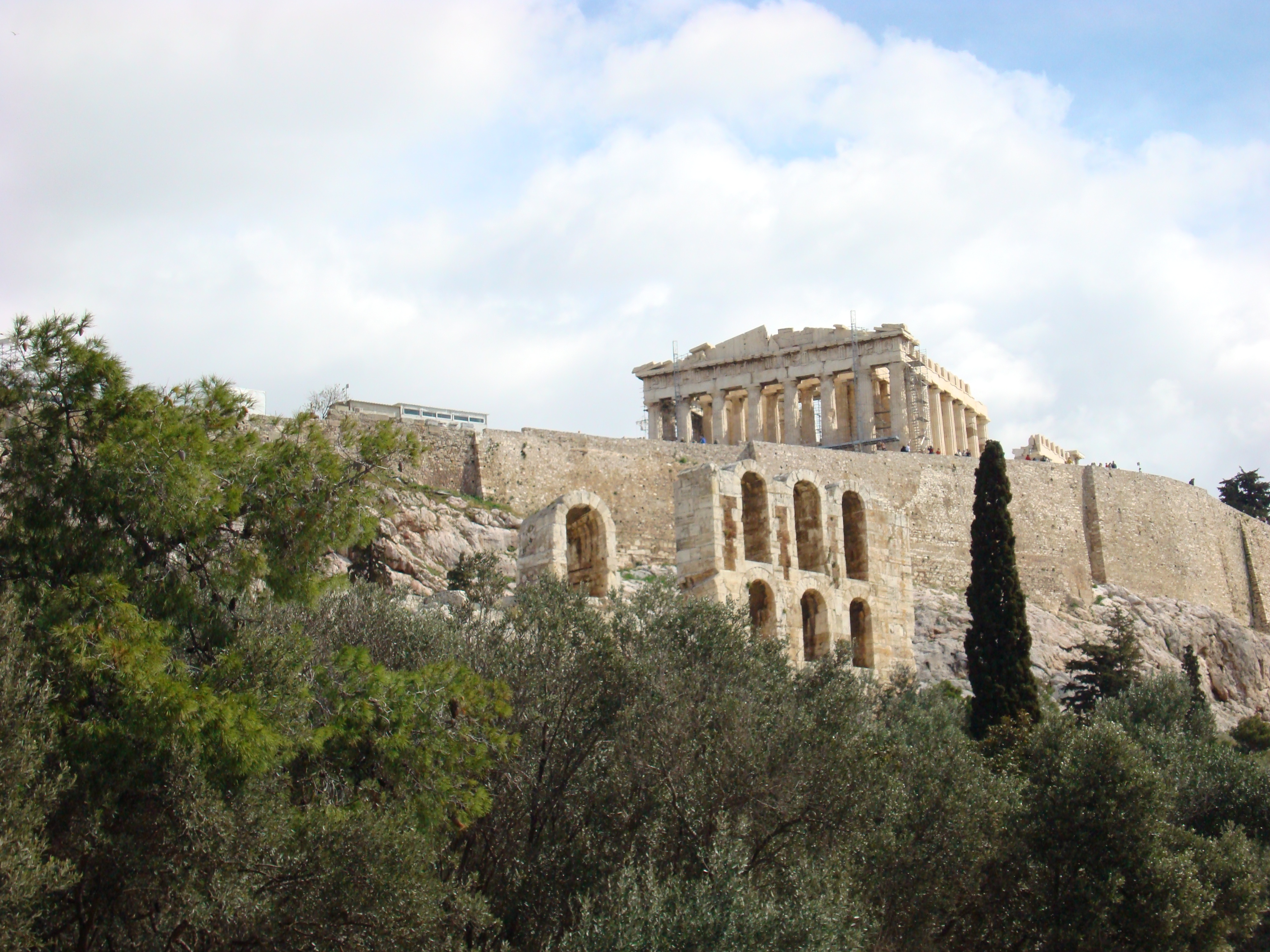
The Greek temple, the Italian Duomo, the Gothic cathedral, museums, art galleries and opera houses are iconic symbols of cities and enlightened civil/political/religious thinking. In North America, some may even argue that sports venues (Maddison Square Gardens or the Montreal Forum) and transmission towers (CN Tower or the Seattle Space Needle) have provided emblematic recognition of the urban centres in which they are situated.
With the possible exception of The Rooms in St. John’s and perhaps the Fogo Island Inn (although the latter is not a public building per se) urban centres and towns in Newfoundland and Labrador generally do not feature such architectural symbols. And that’s okay to an extent because locals and visitors have come to identify with natural landscapes and heritage precincts of bright coloured clapboard. The architecture of public buildings is not a priority. This truly is a shame, and I hope this post may help explain why.
Continue reading “Architectural Procurement for Public Building Design”
